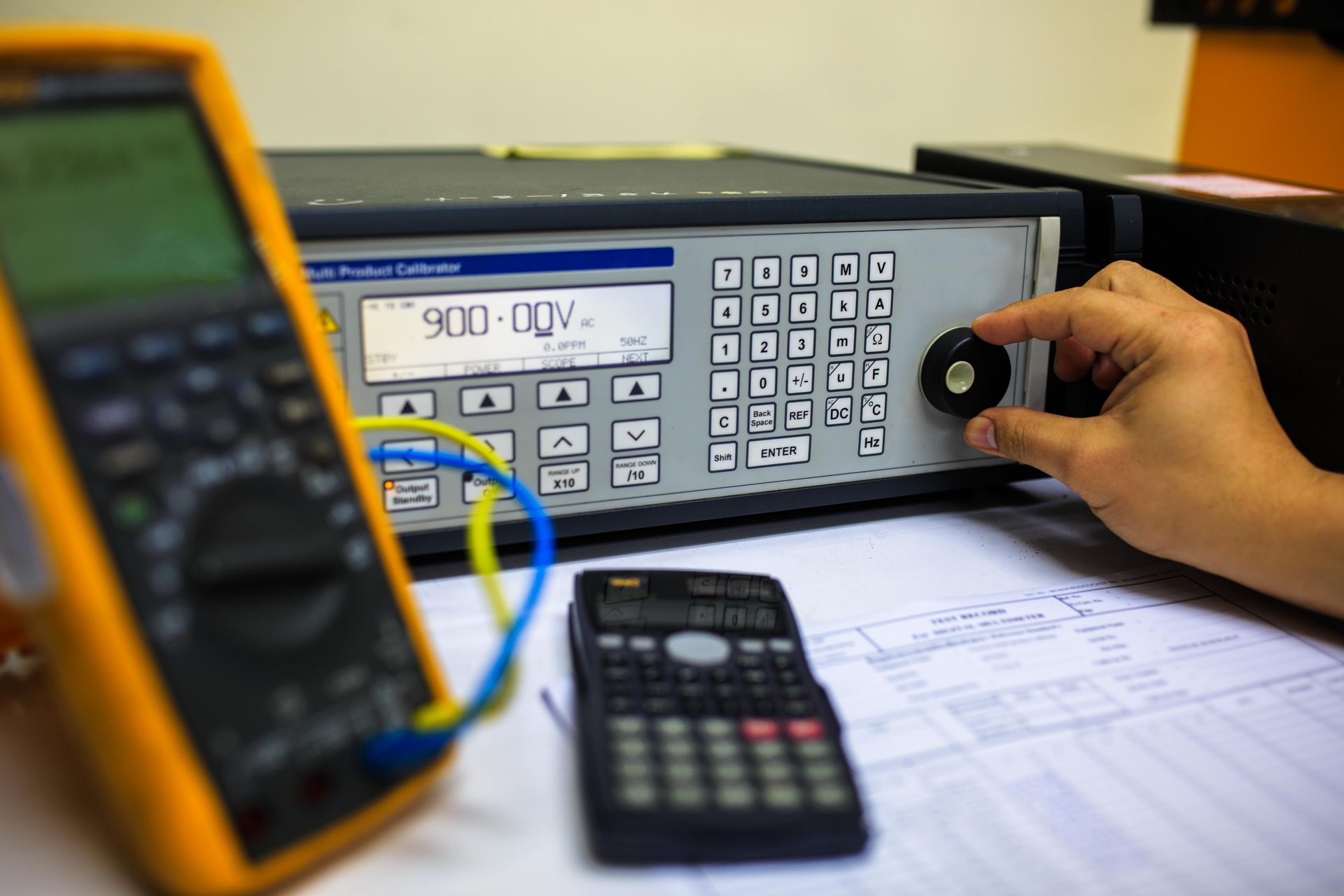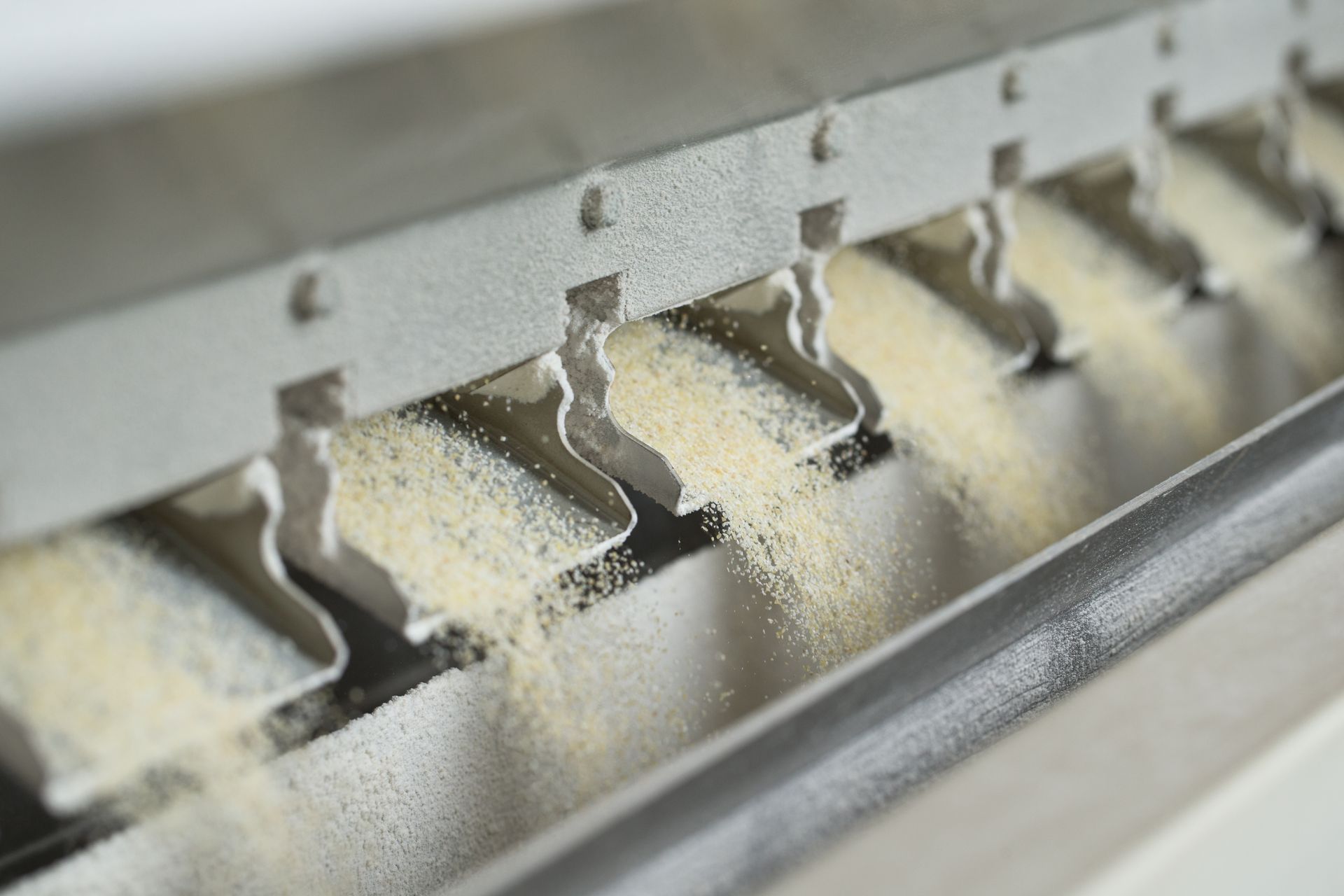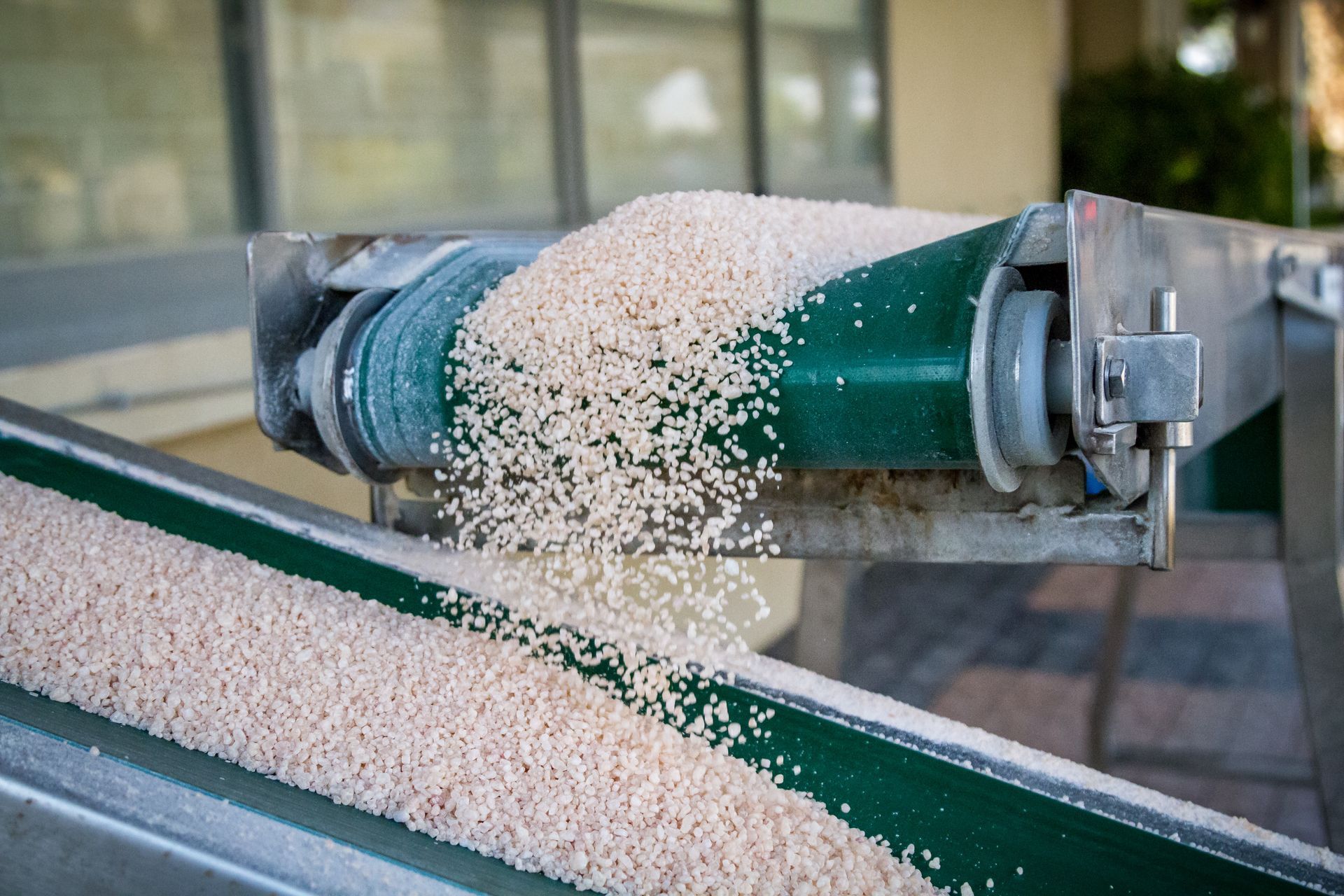The Lifespan of a Magnet and How To Make It Last
Magnets are incredible tools that play a vital role in various industries, from manufacturing to electronics. Their ability to attract and repel objects is harnessed to create a wide range of applications. However, like all tools, magnets have a lifespan, and understanding how to extend their longevity is crucial for businesses that rely on their magnetic properties.
In this article, we will delve into the science behind magnet lifespan, explore methods to extend their durability and highlight the importance of magnet testing services.
How Long Should A Magnet Last?
The lifespan of a magnet can vary significantly based on factors like its material, usage conditions, and maintenance practices. Generally, permanent magnets have a long lifespan, often ranging from several years to decades. However, it's essential to remember that magnets can degrade over time due to factors such as temperature fluctuations, mechanical stress, and exposure to corrosive environments and vibrating conditions.
The Science Behind Magnet Lifespan
The lifespan of a magnet depends on two main factors: the inherent properties of the material it's made from and how it interacts with external elements. Permanent magnets are crafted using materials like neodymium, samarium cobalt, and ferrite. These materials possess distinct crystalline structures that give them their magnetic capabilities.
However, as time passes, certain factors, like changes in temperature and vibrating conditions, can impact these structures. This impact can ultimately cause a decline in the magnet's strength. The lifespan of a magnet is closely tied to the principles of magnetism and the specific materials used during its creation.
At the core of magnetism is the alignment of the atomic or molecular structure within magnets. This alignment is responsible for generating the magnetic field. Over time, though, this alignment can be disrupted by various influences, including fluctuations in temperature, mechanical stress, and exposure to other magnetic fields. As a consequence of these influences, the magnet can experience a gradual loss of magnetism, resulting in reduced performance.
Different Types of Magnets and Their Expected Lifespans
There are four primary categories of permanent magnets:
- Ceramic or Ferrite Magnets
- Alnico Magnets
- Samarium Cobalt (SmCo) Magnets
- Neodymium Iron Boron (NIB) Magnets
These magnets maintain their magnetisation for extended periods, with some lasting hundreds of years. For instance, a samarium magnet takes an impressive 700 years to lose half of its magnetic strength. Moving on to neodymium and ferrite magnets, they exhibit nearly permanent magnetism.
However, several factors can influence the lifespan of a magnet:
- Time. While magnets are designed to be long-lasting, they aren't immortal. Over time, magnets will inevitably experience a decline in their magnetisation. Poor care practices can speed up this process.
- Temperature Changes. The type of permanent magnet chosen must align with the intended temperature range. For example, neodymium magnets function effectively between temperatures of 80ºC and 160ºC, whereas alnico magnets can endure temperatures ranging from 500ºC. The application's temperature demands should guide magnet selection, whether it's for use in furnaces or magnetic separators.
- Contact with Other Magnetic Elements. Proper storage of magnets is essential. Using magnetic insulators like plastic separators is recommended to prevent ferromagnetic elements in the vicinity from affecting the magnetisation. Plastic and wood are widely used as magnetic insulators, serving to safeguard the magnetisation from the impact of surrounding elements.
- Damage and Physical Shock. A magnet that experiences a fall or repeated impact can suffer a decline in its magnetic power. The susceptibility to corrosion varies across magnets; for instance, neodymium magnets, known for their strength, have lower corrosion tolerance. To counter this, they are often coated with nickel, providing protection against scratches and external chemicals.
Signs of Magnet Degradation
Recognising the signs of magnet degradation is crucial for ensuring the reliability of devices and systems. Common signs include a decrease in magnet strength, visible cracks or corrosion, and changes in the magnet's physical appearance. Reduced performance, such as decreased holding force, can also indicate magnet degradation.
Extending Magnet Lifespan: Best Practices and Maintenance Tips
To extend the lifespan of magnets and maintain their performance, businesses can follow these best practices and maintenance tips:
- Proper Handling and Storage of Magnets. Avoid dropping, vibrating or colliding magnets, as mechanical stress can disrupt their internal structure. Store magnets in a stable environment away from extreme temperatures and humidity.
- Temperature and Environmental Controls. Maintain a controlled environment, especially for magnets sensitive to temperature changes. High temperatures can lead to demagnetisation, while excessive humidity can cause corrosion.
- Shielding and Protective Measures. Implement shielding to prevent magnets from interacting with each other or external magnetic fields. This can help maintain their strength over time.
- Routine Inspection and Maintenance. Regularly inspect magnets for any signs of damage, wear, or corrosion. Replace degraded magnets promptly to avoid disruptions in operations.
Benefits of Magnet Testing Services to Prolong Magnet Lifespan
While preventive measures can go a long way in extending a magnet's lifespan, routine testing is essential to assess the magnet's current state.
Magnet testing services offer several benefits:
- Early Detection of Degradation. Testing can identify early signs of degradation, allowing businesses to take corrective actions before the magnet's performance is compromised.
- Data-Driven Decisions. Testing provides valuable data on the magnet's current condition, helping businesses make informed decisions about maintenance and replacement.
- Optimised Performance. Regular testing ensures that magnets are operating at their optimal level, contributing to the overall efficiency of devices and systems.
- Cost Savings. Proactively managing magnet lifespan through testing can result in cost savings by reducing unexpected failures and downtime.
Where to get Magnet Testing Service in Malaysia?
When it comes to reliable magnet testing services in Malaysia, Sematic Magnet stands out. With a proven track record in industrial magnets and magnetic systems, we offer comprehensive testing solutions to ensure the longevity and efficiency of your magnets.
Our team of experts employs advanced testing techniques to assess magnet strength, stability, and potential issues. By partnering with Sematic Magnet, your business can benefit from our expertise, optimise magnet performance, and extend the lifespan of your critical industrial components. Contact us today for more information!














